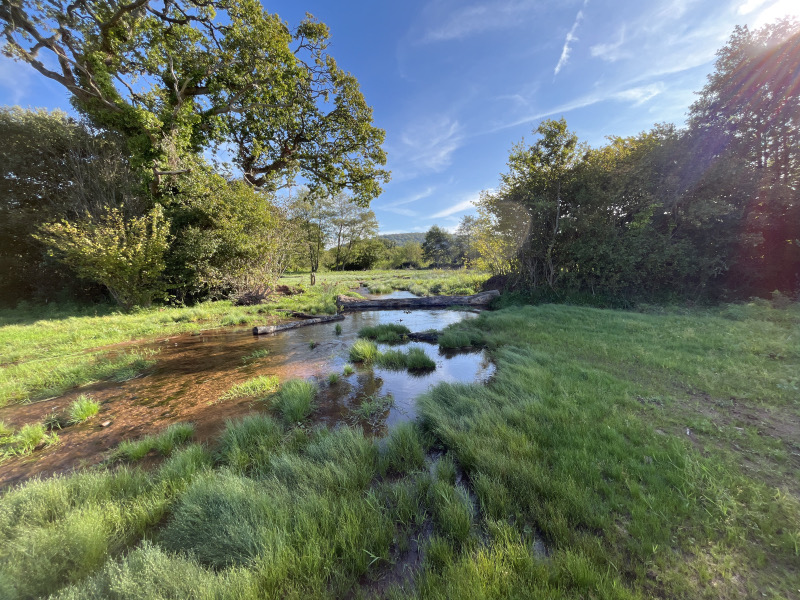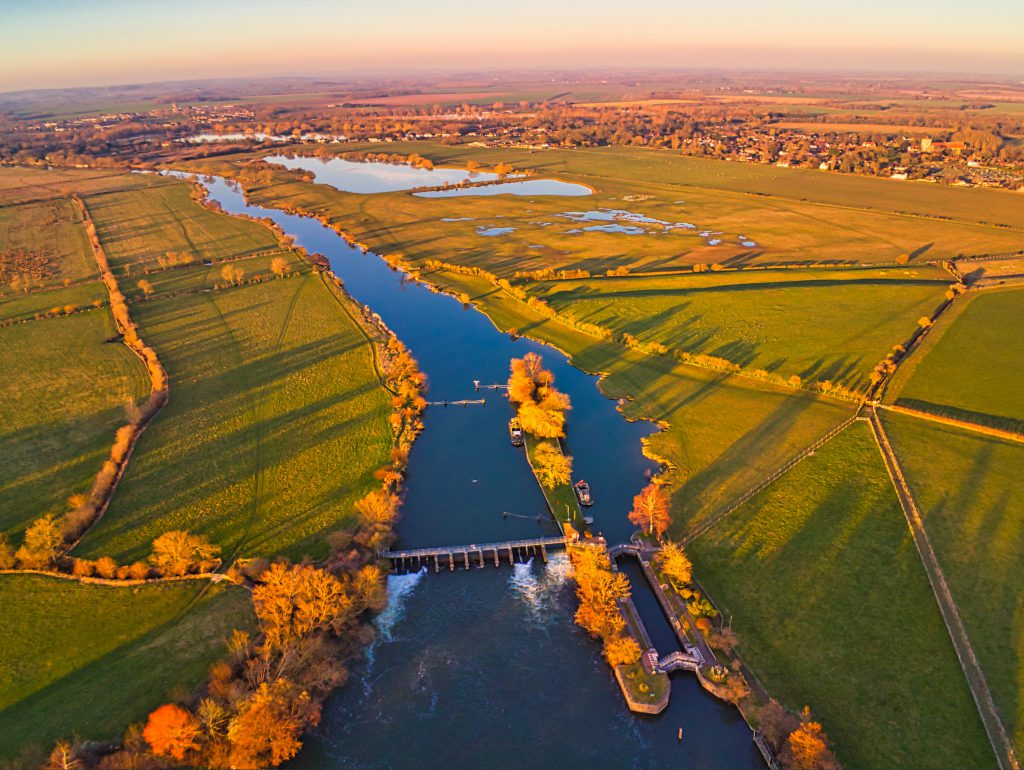What is 'Environmental Destination'?
Last month saw the publication of The UK Water Industry Research's new Environmental Destination Investigation Framework. This framework offers a clear and concise overview of how the water resource planning architecture in England and Wales aims to protect the ecology of river systems. The Framework establishes a robust, holistic approach to investigating and assessing current and future water needs of the aquatic environment. But what is 'environmental destination'?
The Environmental Destination Investigation Framework describes environmental destination as “Future freshwater low flow and habitat resilience with more biodiversity and healthier hydroecology, affordably balanced with sustainable water use for all sectors, in the long term”. The term environmental destination entered the water resources lexicon in 2020, following the publication of the National Framework for Water Resources (NFWR; co-authored by the Environment Agency (EA) and other stakeholders) and the EA’s guidance for regional groups and water companies on long-term water resources environmental destination.
Environmental destination is underpinned by a drive to achieve compliance with default Environmental Flow Indicators (EFI). These identify where regulated flows may be impacting habitats and species, and are used in the hydrological supporting element of Water Framework Directive classification (under the “flow compliance test”).
Key themes to consider in the next five years
Last month’s publication outlines several key themes for water resource decision-makers to consider in the next five years, aiming to maintain water supplies while improving low-flow ecological and biodiversity resilience. These themes are explored in more detail below.
Understanding and predicting environmental impacts
This theme focuses on utilising pooled hydro-ecological modelling and data to better understand the complex relationships between flow impacts and ecological outcomes. It also involves developing and implementing future projections of climate-changed flows, abstraction demands, temperature, water quality, environmental flow assumptions, and hydro-ecological outcomes. The framework emphasises establishing a holistic approach to investigate current and future water needs by considering various pressures, including climate, flow, water quality, temperature, land use, demand, and habitat.


Prioritising and implementing actions for environmental improvement
This theme involves prioritising abstraction reductions to meet future environmental flow targets, considering both costs and benefits. It includes implementing habitat restoration and catchment actions that are cost-beneficial and improve biodiversity resilience. The framework also provides practical guidance on cost-effective option selection, balancing abstraction reduction with more holistic catchment and habitat restoration solutions. A consistent approach needed to be developed to evaluate the effectiveness of nature-based solutions (NbS) and habitat creation measures on water resources.


Adaptive planning and monitoring
This theme highlights the importance of agreeing on prioritised regional or national action choices for all sectors and translating them into the regulator, water company, and other stakeholder plans. It also emphasises continuous monitoring to build the evidence base, develop confidence that actions and mitigation measures are effective, and review progress toward environmental destination objectives through adaptive planning. The framework supports long-term implementation of appropriate flow recovery and complementary measures, with an expectation that the process will evolve through to 2050 and beyond.


“We are pleased that this framework takes the same approach to hydraulic habitat and hydroecological modelling that we have taken to support our water industry clients on water use and availability.
Beyond advocating the use of the Hydro-ecological Toolkit produced by the Environment Agency to predict certain aspects of ecological response to flow gradients, the framework also encourages the use of hydraulic habitat modelling. With experience using both these tools for regulatory authorities, we now deploy our own hydraulic habitat model, JHab, for this purpose.
JHab is a fuzzy logic habitat model which uses the grids of depth and velocities output from traditional hydraulic models, combined with ecological knowledge, to produce maps of habitat availability and suitability. The model does not treat depth and velocity independently (unlike PHABSIM), and the use of fuzzy membership functions rather than habitat suitability curves negates the need for the laborious data collection needed to create habitat suitability curves.”
Jon Whitmore, Technical Director and Hydroecology Lead
“JBA Consulting is an industry leader in the concept of NbS for Water Resources (NBS4WR). The Framework looks to support no-regrets measures to improve low flows, and an NBS4WR approach can aid in this. We are currently working with the Environment Agency and a wider stakeholder group to publish a handbook outlining the range of approaches that could be taken to reduce water usage demands, improve infiltration through improved soil health or capture, and in the floodplain, understand how to store and release water through working with natural processes. The work builds on our landscape-scale studies, groundwater modelling projects, and support of field trials.
Alex Jones, Hydrogeology Team Leader

For more information about how we can support you, contact Jon Whitmore.

